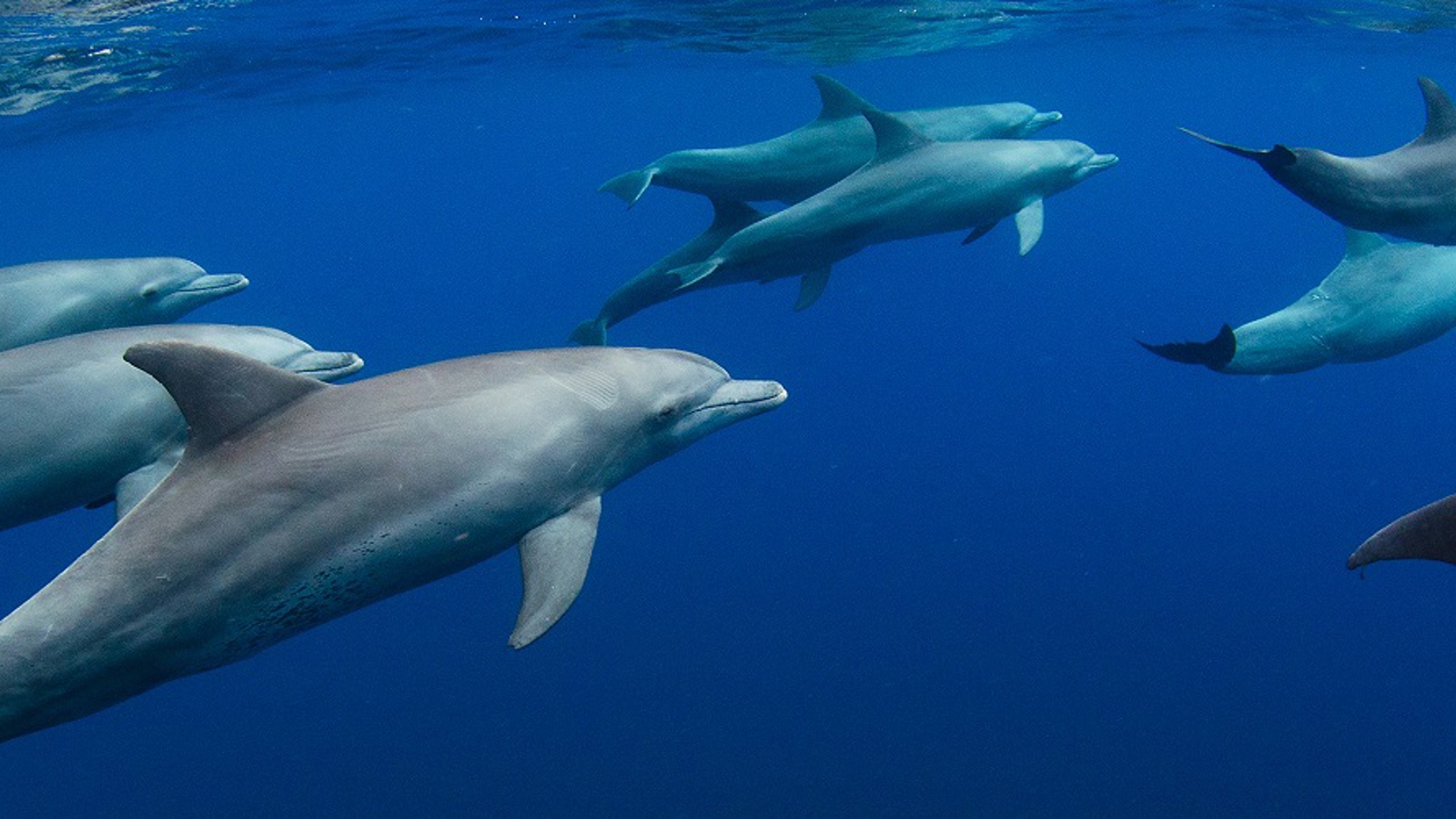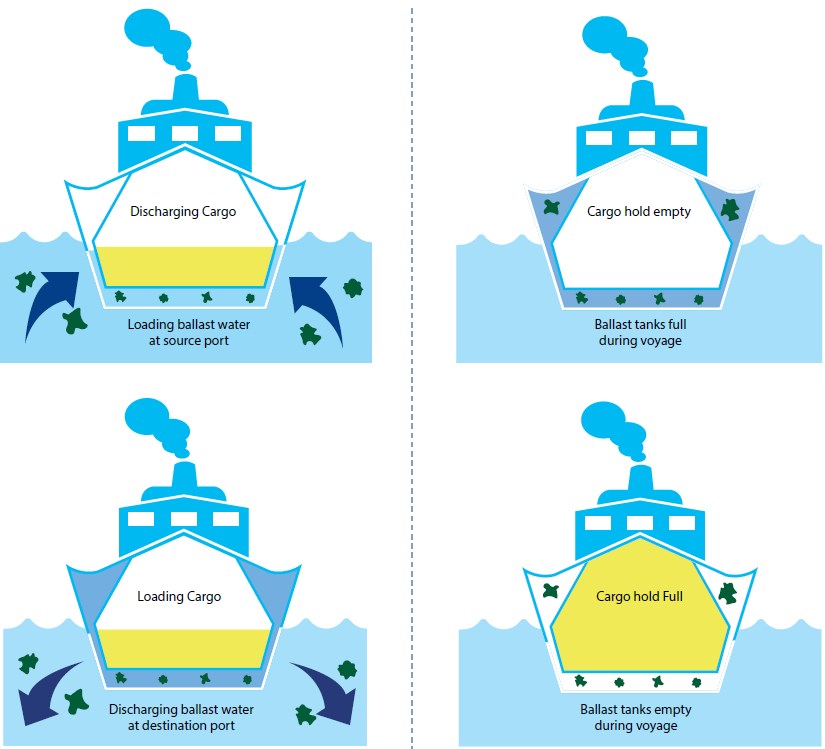Ballast Water Management Enters into Force: Are you well prepared?

Wilhelmsen insights
|
Before that, we need to look into some history and the concern that started it all.
For over 120 years, water is used by steel-hulled vessels to stabilize vessels at sea. Water is pumped into and out of ballast tanks while discharging and loading cargo.
Commercial vessels threatening the marine life by releasing alien species into local waters.
The act of discharging waters into destination ports has lead to the introduction of different marine species in local waters that could hurt the ecosystem.
The ballast and de-ballast activity can be explained in the simple illustration below:

At any one time, up to 5 billion tonnes of ballast water is being carried in ships’ ballast tanks.
While most of the live organisms may die due to harsh and dark conditions, and lack of oxygen, hardy organisms can survive and become invaders in foreign waters when discharged with ballast.
These invaders thrive in absence of natural predators and if left unchecked, they can pose serious economic and health problems to the population.
Mapping out your needs before installation
It is challenging for owners to navigate through a slew of suppliers with broad ranges of technology mixes in treatment systems. In addition, different vessels require different solutions and there is no straightforward retrofitting of systems that can be done with little planning.
Our New Building and Technical Services team invested a lot of time with BWMS manufacturers through site visits to conduct research, view designs and understand the technologies behind those systems.
During these surveys, we are able to establish guidelines and assist owners from the planning, measuring and selection processes to the actual retrofitting.
We have summarized a few key considerations as you plan for your installation:
Trading waters and IMO compliance
Installation of systems must follow the revised G8 guidelines to operate in compliance with IMO. If you trade in US waters, you may trade with only the USCG type-approved BWMS.
Vessel requirements
| Vessel Type |
|
| Trading Pattern / Water Quality |
|
| Capacity of Unit Required |
|
| Space Considerations |
|
| Availability of Surplus Power for Operation of BWMS |
|
BWMS selection
The most common question for the BWMS retrofit is “How much will it cost?”. A budget for retrofitting a BWMS can be worked out at different stages once the water treatment system is selected.
Financial consideration - CAPEX & OPEX
- Cost of unit
- Cost of installation
- Operating cost – Power & chemical requirements
- Maintenance requirements
- Cost of training included in cost
Crew Training
Crew training is an important requirement by the regulations. Crew must be knowledgeable to handle various technologies.
It is important to select the timing and correct BWMS after careful consideration of the vessel trading and ballasting pattern, residual age, applicable regulations, vendor profile, health and safety considerations, and cost assessment
Sanjiv Rastogi, Head of New Building and Technical Services, Wilhelmsen Ship Management
We recommend some very important criteria before selection:
Technology
- Suitability for vessel requirements
- Technology / Combination of systems
- Simple & Robust for ease of operation and maintenance
- Ease of installation
Vendor Track Record
- Number of units sold
- Company reputation and financial viability
- Worldwide support network
- Redundancy – availability of spare parts
- Health and Safety
Learn more about our New Building Services
Learn more about our Dry Docking Services